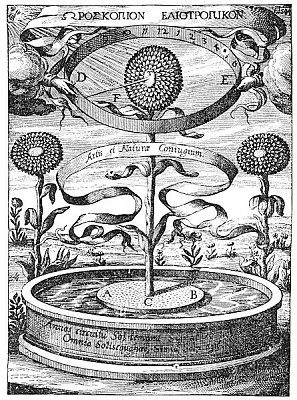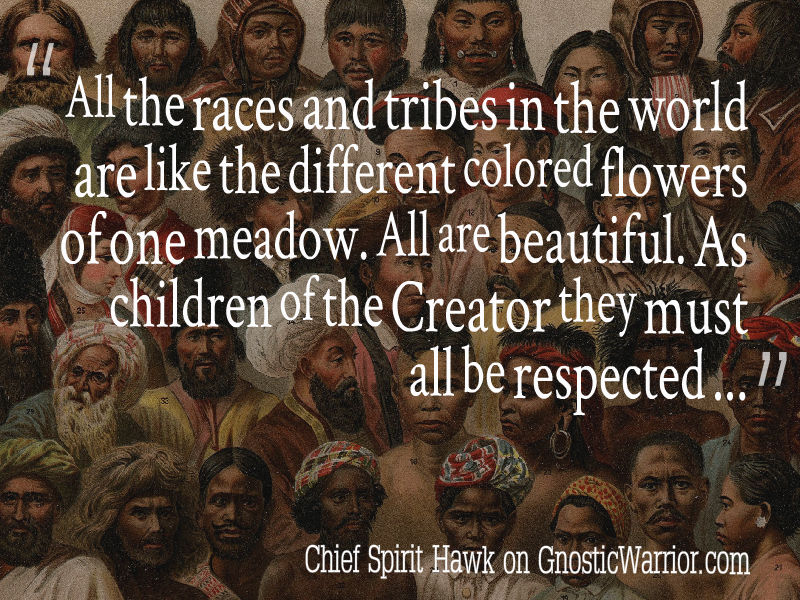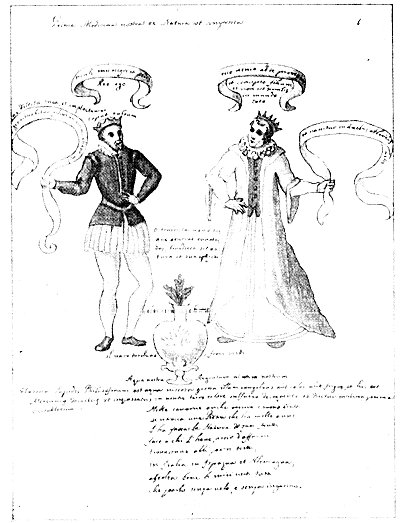It is quite possible that much of the veneration accorded the acacia is due to the peculiar attributes of the mimosa, or sensitive plant, with which it was often identified by the ancients. There is a Coptic legend to the effect that the sensitive plant was the first of all trees or shrubs to worship Christ. The rapid growth of the acacia and its beauty have also caused it to be regarded as emblematic of fecundity and generation.
The symbolism of the acacia is susceptible of four distinct interpretations: (1) it is the emblem of the vernal equinox–the annual resurrection of the solar deity; (2) under the form of the sensitive plant which shrinks from human touch, the acacia signifies purity and innocence, as one of the Greek meanings of its name implies; (3) it fittingly typifies human immortality and regeneration, and under the form of the evergreen represents that immortal part of man which survives the destruction of his visible nature; (4) it is the ancient and revered emblem of the Mysteries, and candidates entering the tortuous passageways in which the ceremonials were given carried in their hands branches of these sacred plants or small clusters of sanctified flowers.
Albert G. Mackey calls attention to the fact that each of the ancient Mysteries had its own peculiar plant sacred to the gods or goddesses in whose honor the rituals were celebrated. These sacred plants were later adopted as the symbols of the various degrees in which they were used. Thus, in the Mysteries of Adonis, lettuce was sacred; in the Brahmin and Egyptian rites, the lotus; among the Druids, the mistletoe; and among certain of the Greek Mysteries, the myrtle. (See Encyclopædia of Freemasonry.)
As the legend of CHiram Abiff is based upon the ancient Egyptian Mystery ritual of the murder and resurrection of Osiris, it is natural that the sprig of acacia should be preserved as symbolic of the resurrection of CHiram. The chest containing the body of Osiris was washed ashore near Byblos and lodged in the roots of a tamarisk, or acacia, which, growing into a mighty tree, enclosed within its trunk the body of the murdered god. This is undoubtedly the origin of the story that a sprig of acacia marks the grave of CHiram. The mystery of the evergreen marking the grave of the dead sun god is also perpetuated in the Christmas tree.
The apricot and quince are familiar yonic symbols, while the bunch of grapes and the fig are phallic. The pomegranate is the mystic fruit of the Eleusinian rites; by eating it, Prosperine bound herself to the realms of Pluto. The fruit here signifies the sensuous life which, once tasted, temporarily deprives man of immortality. Also on account of its vast number of seeds the pomegranate was often employed to represent natural fecundity. For the same reason, Jacob Bryant in his Ancient Mythologynotes that the ancients recognized in this fruit an appropriate emblem of the Ark of the Deluge,
THE SUNFLOWER.
From Kircher’s Magnes sive de Arte Magnetica Opus Tripartitum. The above diagram illustrates a curious experiment in plant magnetism reproduced with several other experiments in Athanasius Kircher’s rare volume on magnetism. Several plants were sacred to the ancient Egyptians, Greeks, and Hindus because of the peculiar effect which the sun exerted over them. As it is difficult for man to look upon the face of the sun without being blinded by the light, those plants which turned and deliberately faced the solar orb were considered typical of very highly advanced souls. Since the sun was regarded as the personification of the Supreme Deity, those forms of life over which it exercised marked influence were venerated as being sacred to Divinity. The sunflower, because of its plainly perceptible affinity for the sun, was given high rank among sacred plants.
p. 96
which contained the seeds of the new human race. Among the ancient Mysteries the pomegranate was also considered to be a divine symbol of such peculiar significance that its true explanation could not be divulged. It was termed by the Cabiri “the forbidden secret.” Many Greek gods and goddesses are depicted holding the fruit or flower of the pomegranate in their hands, evidently to signify that they are givers of life and plenty. Pomegranate capitals were placed upon the pillars of Jachin and Boaz standing in front of King Solomon’s Temple; and by the order of Jehovah, pomegranate blossoms were embroidered upon the bottom of the High Priest’s ephod.

Moe is the founder of GnosticWarrior.com. He is a father, husband, author, martial arts black belt, and an expert in Gnosticism, the occult, and esotericism.




![How the South Saxons received Eadbert and Eolla, and the West Saxons, Daniel and Aldhelm, for their bishops; and of the writings of the same Aldhelm [705 A.D.] | Book 5 | Chapter 17 How the South Saxons received Eadbert and Eolla, and the West Saxons, Daniel and Aldhelm, for their bishops; and of the writings of the same Aldhelm [705 A.D.] | Book 5 | Chapter 17](https://www.gnosticwarrior.com/wp-content/plugins/contextual-related-posts/default.png)
